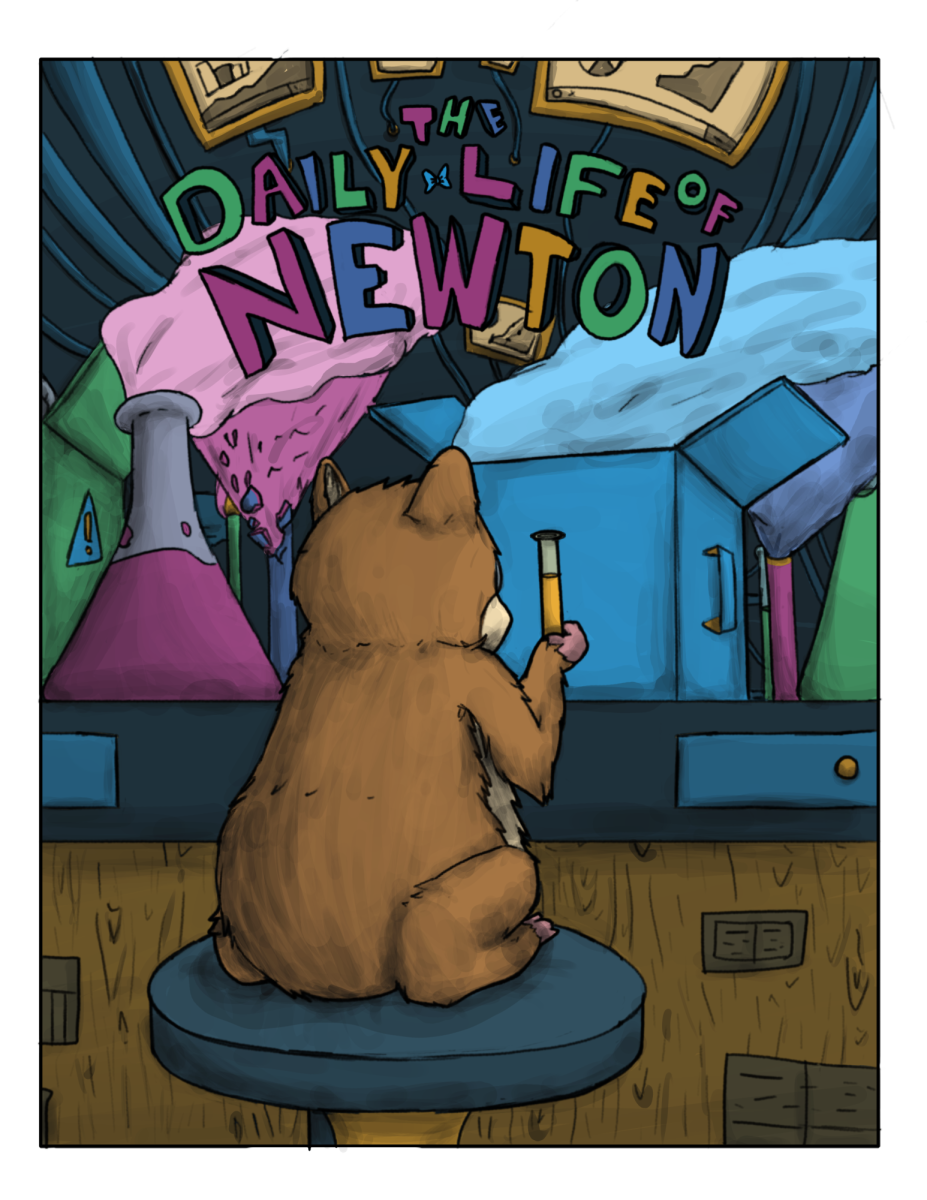Most of the United States of America, which is a major global superpower, is taken from indigenous peoples, who today have less than 3% of the land that was once theirs. Even today, Native Americans are still fighting for their land in the wake of their cultural disruption and diminished population. The struggle of these Indigenous peoples is evident in the protests of the Paiute and Shoshone tribes against the construction of the lithium mine on their historically connected land in Nevada. Even though the lithium Thacker Pass Mine provides a significant amount of lithium, which is crucial for rechargeable batteries, preserving the territory and rich culture of indigenous groups is imperative to respect what the resources native groups have remaining, protect the surrounding environment, and keep safe all those that live in neighboring areas.
Firstly, the destruction of the land connected to the indigenous populations would eliminate the already threatened cultural value of the land and further the inequality experienced by these tribes. In the article “‘We were not consulted’: Native Americans fight lithium mine on site of 1865 massacre” by Betsy Reed, a Native American representative states that from “1864 to 1868, there were concerted efforts by the federal government to massacre Native Americans in the Great Basin area, a part of history not taught in schools and often ignored”. The historical event can also be compared to modern-day events where the Natives are forced off their historical land by wealthy corporations. Such elimination of cultural land would further the inequity for the Native Americans as they would be culturally disconnected from the world and would be further subdued just like the historical removal of these people using bloody means. In the same vein, this would establish an unhealthy precedent for historical preservation and bring other consequences that would gradually erase the bedrock of this country’s history.
Additionally, the construction of the lithium mine would negatively impact the area’s long-term quality of life by affecting the area’s population and how it may grow in the future. The implications of the construction could drastically change the area’s demographics and increase competition because of the influx of various workers, including engineers and construction workers, as visible in the article “Winnemucca braces for impact of massive Thacker Pass lithium mine” by Ray Hagar: competition increases so much so to the point where “it presents some challenges, law-enforcement wise” such as “employees getting into bar fights”. The construction could affect various industries and occupations in the area while inciting emigration from that area. The fact that the construction would increase traffic, noise, and pollution could also affect the lifestyles of the people living there, posing a more significant problem. The project has multifarious sides that complicate its impact on the neighborhood.
On the other hand, some of the supporters of the mine argue about the profitability of lithium for the state as a whole. It could bring business to the area and create jobs for the area as well. However, this is a huge price to pay, as lithium mining is detrimental to individual habitats and nature. As the article “The Paradox of Lithium” by Marco Tedesco mentions, “lithium mining requires a lot of water. To extract one ton of lithium requires about 500,000 liters of water, and can result in the poisoning of reservoirs and related health problems”, which along with increased waste and carbon emissions would deteriorate the natural beauty of the land. Moreover, the health of long-term residents will also be affected by environmental issues.
By and large, the construction of the lithium mine in Nevada is a multifaceted issue with negatives that far outweigh the positives. Environmental problems, cultural elimination, and quality of life are all aspects that significantly affect individuals in multiple demographics, proving that the mine’s disadvantages outweigh its local advantages. It is essential to maintain tranquility and continued growth while conserving history, and this can only be done by dismantling the Thacker Pass Lithium Mine.






































